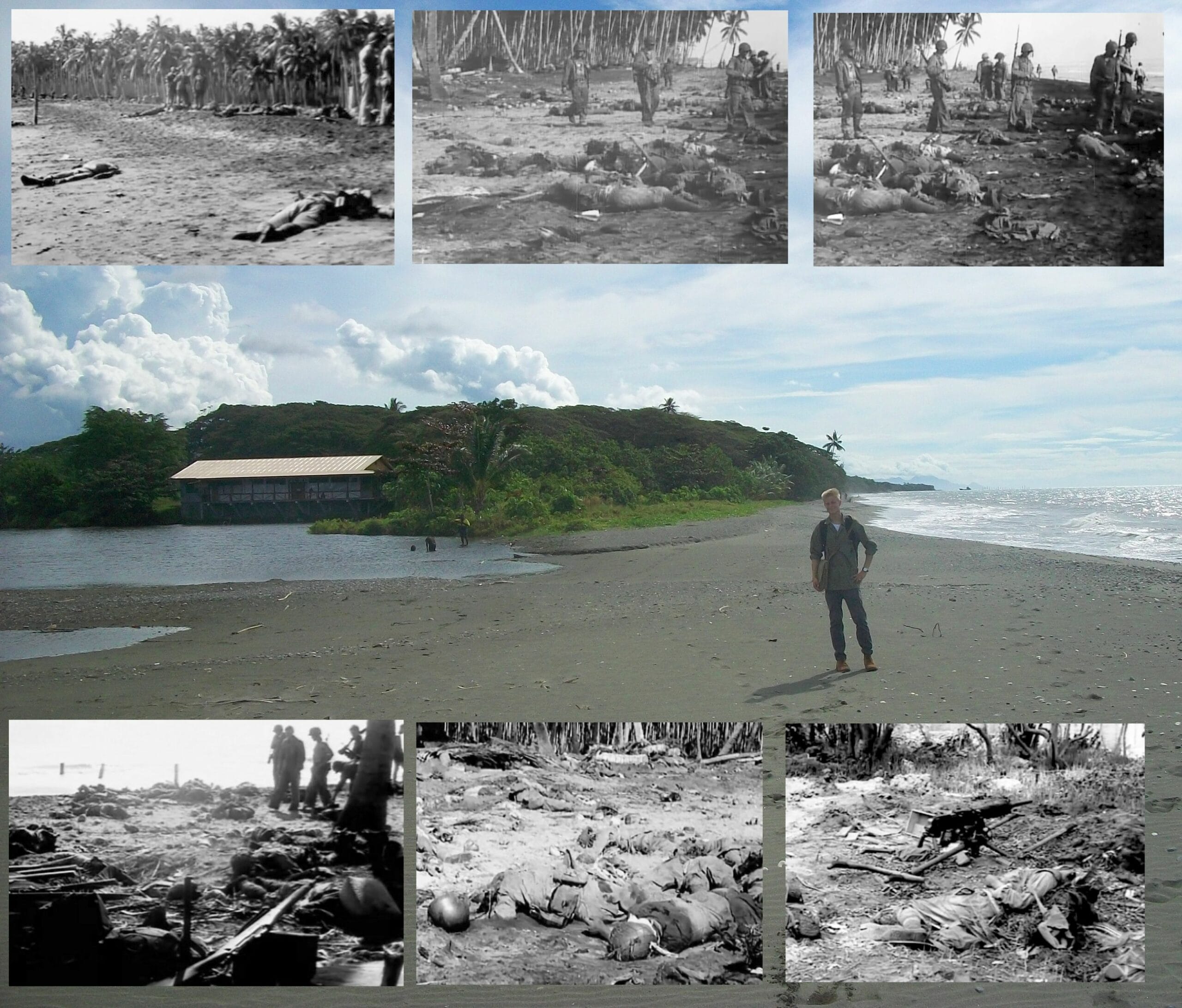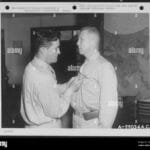Deep within the Pacific theater of World War II, the fight for Guadalcanal raged. This seemingly insignificant island held the key to controlling shipping lanes and air superiority in the region. For the Allied forces, and the US Marines in particular, securing Guadalcanal was paramount. On August 21, 1942, a brutal battle at a nondescript waterway, forever known as Alligator Creek, would solidify the island’s gruesome nickname: “Hell’s Point.”
A Desperate Gamble at Alligator Creek
Alligator Creek, or the Ilu River as it is formally known, became the focal point for a daring Japanese assault. Colonel Kiyonao Ichiki, leading the Japanese force, sought to reclaim the strategically vital Henderson Field from the Americans. Under the cloak of darkness, Ichiki’s men aimed to surprise the Marines and seize control of the airfield. They believed the American forces were weak, ripe for the taking – a grave miscalculation.
The Marines, however, were prepared. Having established a defensive line along the creek, they were ready for the Japanese onslaught. As Ichiki’s forces emerged from the river, they were met with a wall of devastating firepower. Machine guns roared, artillery shells ripped through the night, and the battle devolved into a chaotic and brutal melee.
Despite their initial surprise, the Japanese fought back with unwavering ferocity. They launched wave after wave of attacks against the dug-in Marines, desperate to break through and achieve their objective. The night echoed with the sounds of gunfire, explosions, and the cries of men locked in a struggle for survival.
A Crushing Defeat and a Shift in Momentum
When dawn broke over Alligator Creek, the battlefield lay littered with the bodies of fallen soldiers from both sides, a grim testament to the intensity of the fighting. The outcome, however, was undeniable: a decisive victory for the US Marines. Ichiki’s assault had been shattered, his forces decimated, their hopes of retaking Henderson Field dashed against the unforgiving reality of the Marines’ defense.
The impact of the battle at Alligator Creek, which soon became known as “Hell’s Point,” extended far beyond those blood-soaked banks. It marked a turning point in the Guadalcanal campaign, a much-needed victory for Allied morale and a significant blow to Japanese confidence. The defeat at Alligator Creek forced the Japanese to reassess their strategy, recognizing the tenacious fighting spirit of their American adversaries.
Unraveling the Mystery: Why “Alligator Creek?”
The name “Alligator Creek” itself adds another layer of intrigue to this pivotal battle. While the official name of the waterway is the Ilu River, the nickname “Alligator Creek” has taken hold in the historical narrative. There are several theories about the name’s origin.
- Misidentification in the Chaos of Battle: Some historians suggest that amid the confusion and chaos of combat, soldiers may have mistaken the Ilu River for a different waterway.
- Soldier Slang: Others believe “Alligator Creek” may have been a nickname coined by the soldiers themselves. The presence of crocodiles in the Solomon Islands, coupled with the challenging terrain and fierce fighting, could have easily inspired such a name.
Regardless of its true origin, the name “Alligator Creek” has become synonymous with the battle, a powerful symbol of the struggle and sacrifice that took place on that fateful night.
The Price of War: Counting the Fallen at Alligator Creek
Determining the precise number of Japanese soldiers killed at Alligator Creek remains challenging, with historical accounts offering varying estimates. Most experts, however, agree that the Japanese suffered staggering losses. It’s estimated that between 800 to 900 Japanese soldiers, out of a force of roughly 917, perished in the battle.
Colonel Ichiki, facing the crushing weight of defeat and adhering to the Bushido code of his samurai ancestors, chose to take his own life rather than face capture. The high casualty count at Alligator Creek underscores the brutal reality of the Guadalcanal campaign and the heavy price paid by both sides in this pivotal battle for the Pacific.
A Legacy Remembered: Alligator Creek Today
Today, Alligator Creek stands as a solemn reminder of the sacrifices made during the Pacific War. It serves as a place where veterans and visitors alike come to pay their respects, to remember the horrors of war, and to honor the bravery of those who fought and died in this significant battle. The courage and resilience displayed at Alligator Creek continue to inspire, serving as a testament to the human cost of conflict and the enduring importance of remembering the past.
Discover More:
Embark on an extraordinary journey to uncover the secrets of Antarctica with the riveting account of Admiral Byrd’s Diary, where you’ll be transported to a frozen wasteland teeming with unfathomable mysteries.
Delve into the realm of artificial intelligence through the enigmatic Apache Cradleboard, a pioneering project pushing the boundaries of machine learning and transforming the digital landscape as we know it.
- Jerry McSorley’s Post-Divorce Life: New Beginnings - July 16, 2025
- The Rise and Fall of the New Haven Nighthawks: A Minor League Hockey Legacy - July 16, 2025
- Unlock Jerry McSorley’s Career Highlights: Eye Tax Inc.’s Solar Success - July 16, 2025

















1 thought on “Guadalcanal’s Alligator Creek: The Brutal Turning Point at Hell’s Point”
Comments are closed.